The Moon Gallery aims to set up the first permanent museum on the Moon. Soon launching to the International Space Station, full of ideas worth sending to the Moon. The gallery is a collaborative artwork that aims to develop a culture for future interplanetary society, with ideas from an international community, all within a Petri-dish-like gallery. The project asks what ideas do we want to promote in the future? What do we want to leave behind? The initiative includes the organization of meetings, art-science-space classes and projects at various universities, international conferences, art exhibitions, musical and visual performances. We met with Moon Gallery curators – Anna Sitnikova and Elizaveta Glukhova to discuss the journey of the art payload flying to the ISS, and soon to the Moon.
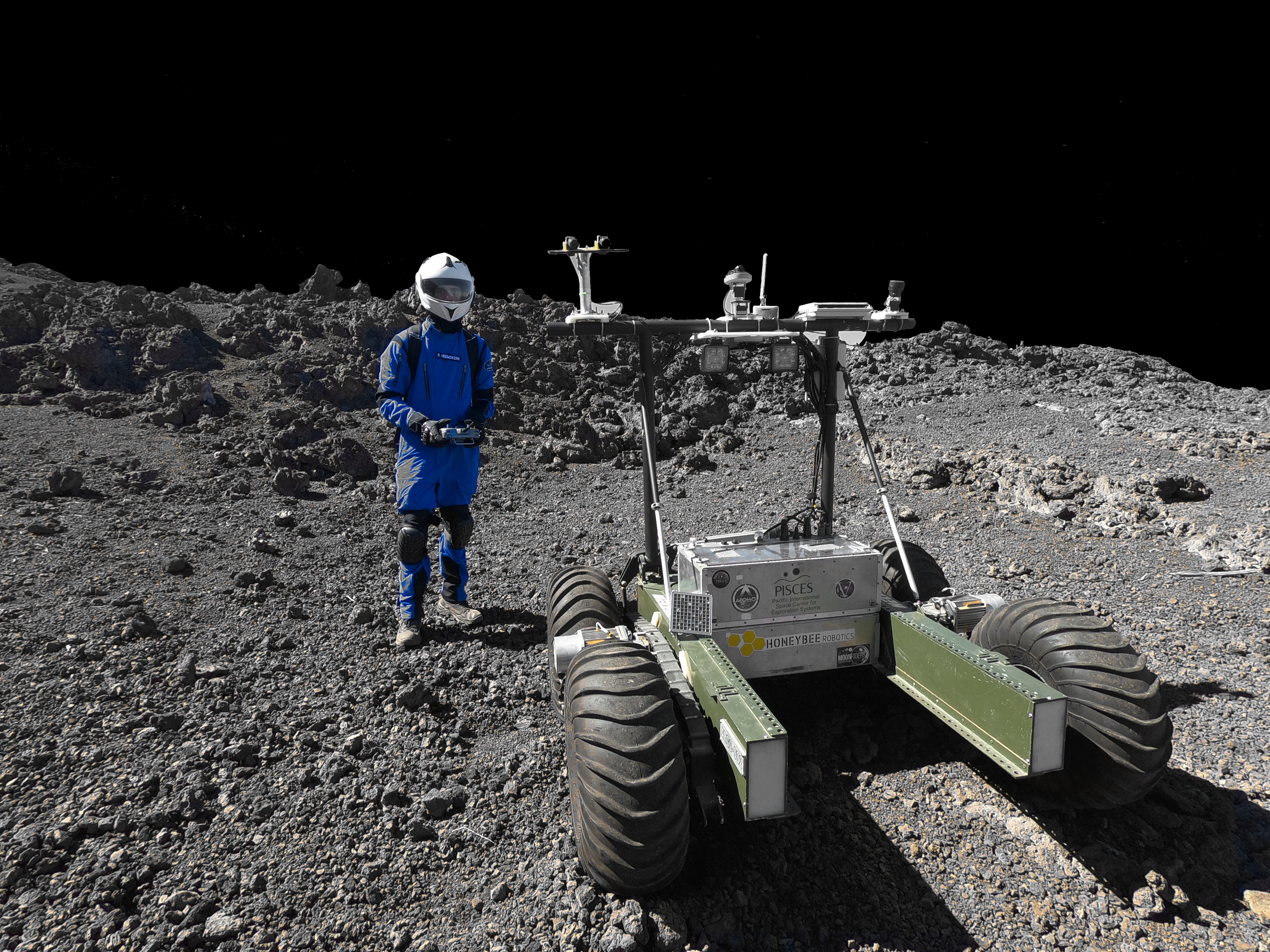
Why a moon gallery?
(Anna) We want to anticipate the beginning of future interplanetary civilization. We are drawing ever closer to a time where we will have human settlements in deep space, possibly within our lifetimes. So, we started to ask ourselves what we wanted that to look like. How do we want to move forward into the future? History has shown when humans discover a new territory they colonize it with arms, language, power structures and their national sentiment. The deep space missions bring tools to drill, excavate, measure, analyze, probe and so on. For now, these are important tools to manage space exploration, but they're also building a robotic heritage that is shaping the future of space colonization and human presence.
Bring art and culture to the moon before weapons.
The Moon Gallery aims to cultivate a more human, cultural base that includes essential components to provoke thought and creativity. This collection of concepts are lessons from our collective experience on Earth that will help us discover and inhabit the Moon and beyond. The most effective way we can foster this aim is to bring art and culture to the moon before weapons. We think that’s a pretty great way to begin lunar colonization. For eons and across cultures the Moon has been a comforting symbol. It has served as a literal beacon, lighting up the night. For us, it is a lighthouse in our quest to define human cultural values. Moon Gallery speculates about what heritage of the future could or should become. This is an important dialogue to start.
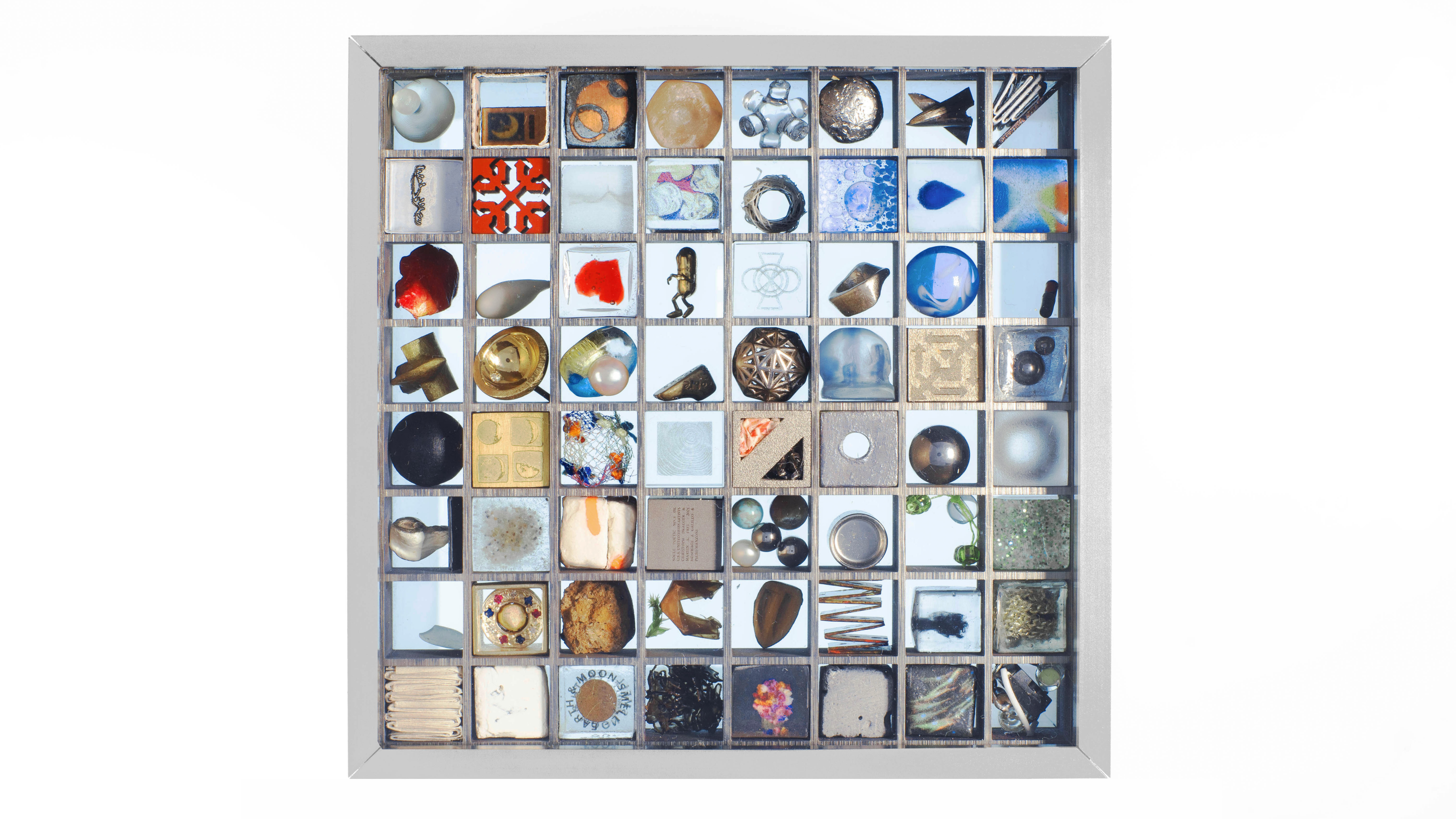
Where does this fascination come from?
(Anna) As guest visitors of the European Space Agency in 2018 together with fellow artists and designers we got inspired by the new age of space exploration. We could see the windows of opportunities opening for private individuals like us to contribute to the course of space exploration and extend our cultural dialogue to space. Humanity has had access to space in some form for little over than 50-60 years. We take this for granted now. We use GPS, communication and weather satellites, we send vast, powerful telescopes to space. But when we talk about humans going to space, it’s more complicated. It is reserved for an elite few. We need to start having a conversation in society about what access to space means to humanity. Moon Gallery aims to unlock this kind of thinking. If we can democratize art in space on a global scale, that at least becomes a first step in the direction of democratizing access to space.
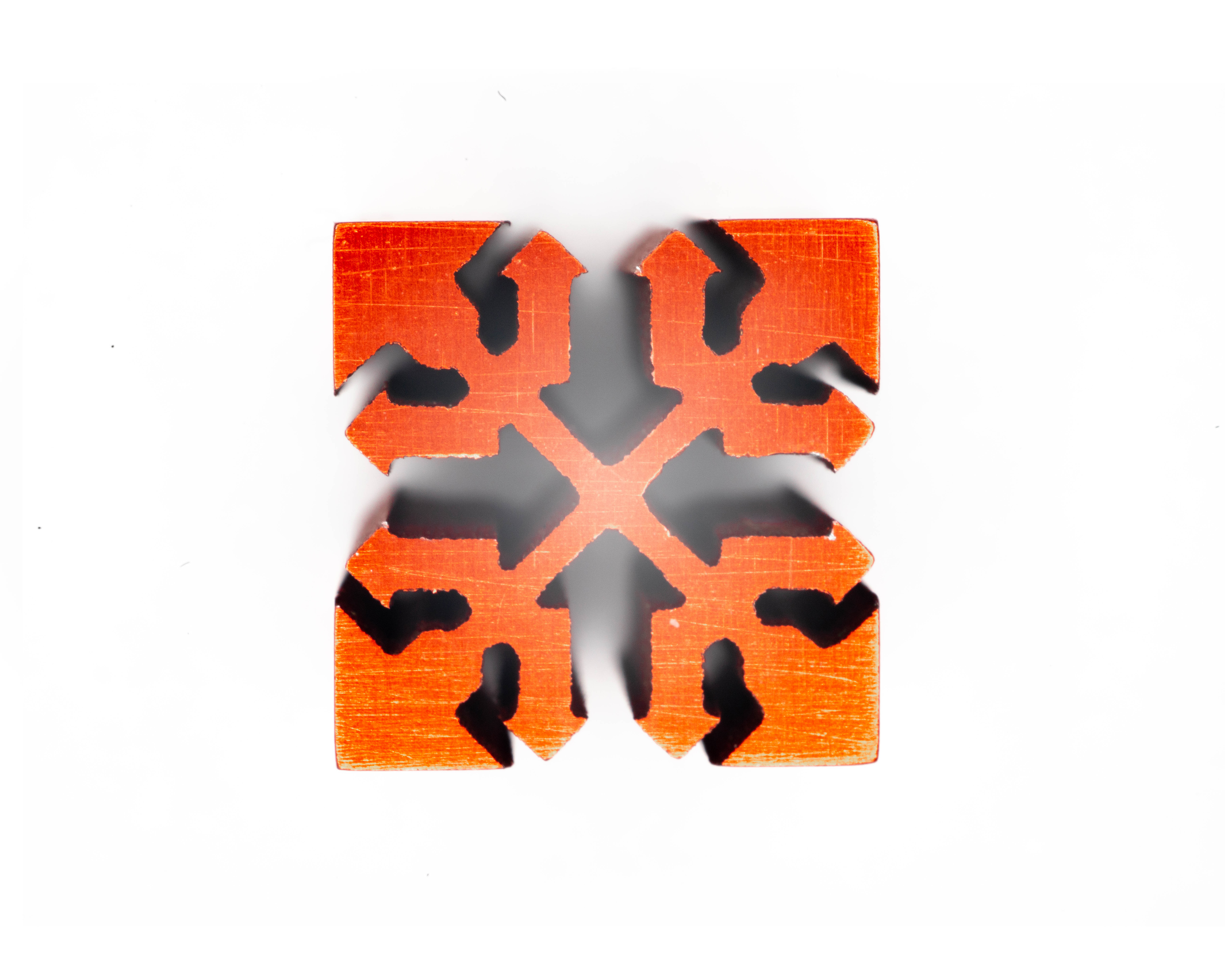
Tell us some of the ideas worth sending to the moon (feel free to promote your participants here)
(Anna) I want to feature 2 examples in the spirit of looking back to Earth and being in motion of exploration:
Longing and Belonging by a Japanese artist Masahito Ono. Longing and Belonging (2020-2022) is currently at the ISS for the second time. Despite the microgravity environment in low Earth orbit, a magnet is still attracted to the Earth’s strong magnetic field. A cylinder-shaped magnet that points back to the Earth’s magnetic North and South in absence of gravity, regardless of its location, is a metaphor of our longing and belonging.
When it lands on the surface of the moon where there is no magnetic field, the magnet will remain static, and exists quietly as an artifact from a nearby planet called the Earth.
The ISS represented the past two decades of human presence in outer space, and it is scheduled to deorbit in as early as 2030. The station has hosted 244 individuals from 19 countries as of September 2021, and many astronauts have returned to the station multiple times, as many as five times. The second flight of Longing and Belonging to the ISS creates an echo with our repeated visits to and the continuous presence in outer space. The magnet will become an object that signifies human emotion in space and space exploration. It is a trip we take very far away to come back home – to where we belong. Looking beyond 2022, Ono imagines the project’s ultimate destination to be the Moon. “When it lands on the surface of the moon where there is no magnetic field, the magnet will remain static, and exists quietly as an artifact from a nearby planet called the Earth.”
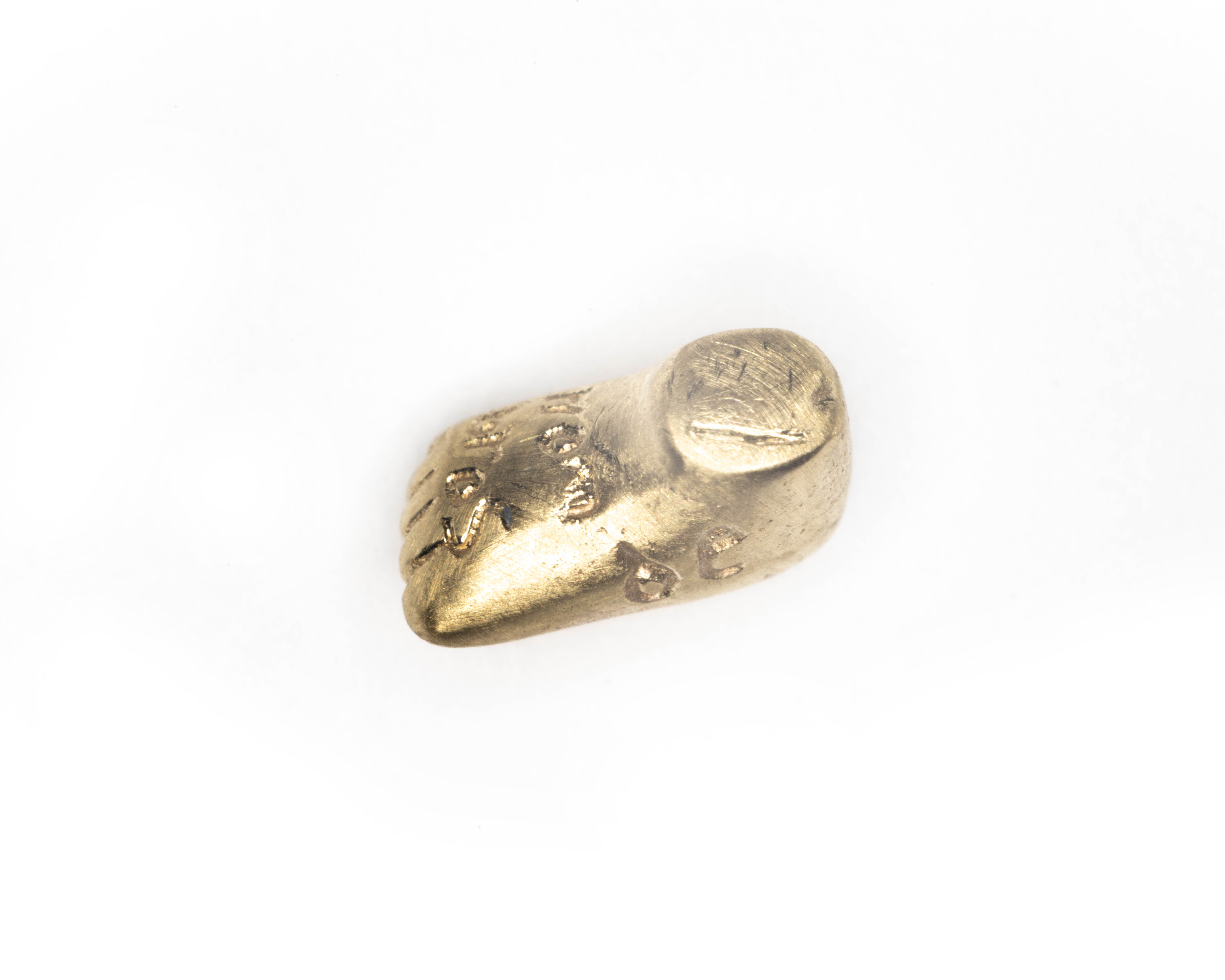
Sobre Los Hombros by Ecuadorian artist Paula Romero Franco. The symbol of feet fascinates her because it signifies change. It embodies the act of traveling from one space to another. From familiar terrain, to new and strange environments that provoke us to adapt. Feet have allowed humans to explore, to migrate, to chase and to dance. They set us in motion to satisfy our ever-present inquisitive spirit. A spirit that has accompanied us from the African savannah to the surface of the Moon.
Our feet have been faithful carriers of our species’ evolution; and Sobre Los Hombros is an ode to evolution. The sculptural representation of the foot plays with the act of standing on top of something, as well as the allusion to a path walked. The words “on the shoulders of giants”, engraved in Spanish, signal the magnificent history and development of species that eventually led to our –minuscule in comparison– existence.
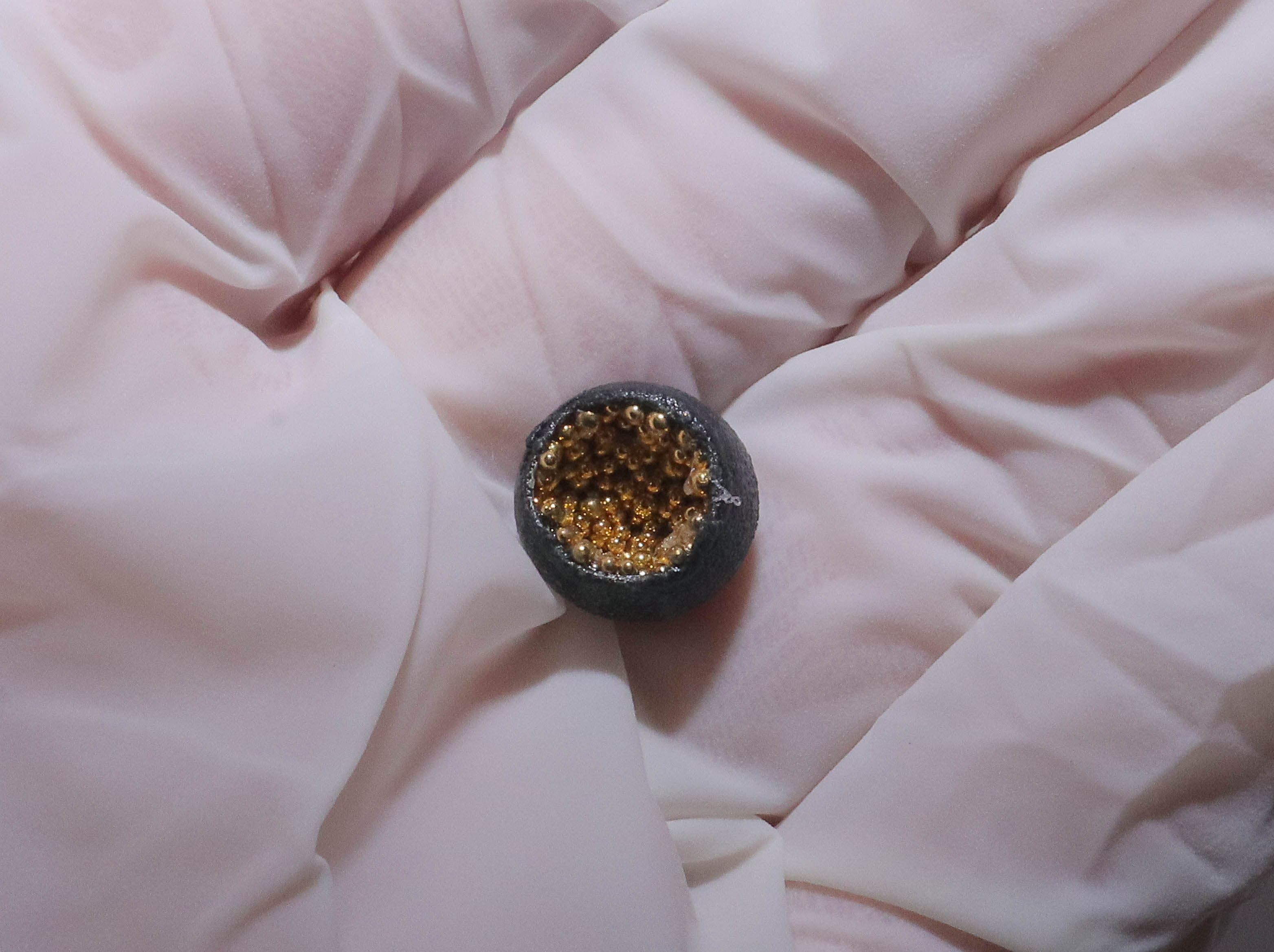
How do you make a selection for this?
(Elizaveta) Moon Gallery is developed through a series of open calls. We invite artists from all over the world to submit ideas worth sending to the Moon and to become not only a part of the gallery but also a part of our community. Generally, we accept pieces in the early conceptual stage of development. Applicants, of course, are welcome to share sketches and visual references with us. But the selection is primarily made based on the quality of ideas rather than on our aesthetic preferences. We are looking for authentic ideas, that are also poetic, inspiring, inclusive and clever and that people from all over the world can relate to. For us, it is important that an idea reflects the personality of the author, rather than speaking to something generic or abstract. The gallery grows and changes with every new member of our community and every new submission shapes it in a unique way.

Why send it to the moon, and not just some other planet?
(Anna) Since the dawn of mankind, the Moon has been the only stellar object that we can see in detail with the naked eye offering a collective moment of reflection upon our place in the universe. It is often referred to as the 8th continent of the Earth, becoming a primary target for scientific exploration, discovery, colonization and habitation of outer space. With its exploration gaining speed we see the urgency to make this process universal and open source, guided by curiosity and passion rather than power and capital.
On the other hand, Moon Gallery is a lot about our collective realities on Earth. The concepts encompassed by the gallery are as crucial for society on Earth. Even when the gallery is off to space we want to maintain the connection with the viewers. As you read this, The Moon Gallery is traveling at 28000 kilometers per hour through the cosmos aboard the International Space Station. And it’s fascinating that we can catch a glimpse of it at dawn or dusk. We can see a bright white light moving steadily across the sky, making its full orbit in just 90 minutes. It will be returned to Earth and find its new home on the Moon soon. And many heads will turn back to the Moon telling the stories of those concepts bouncing back to us through a round mirror in the sky.
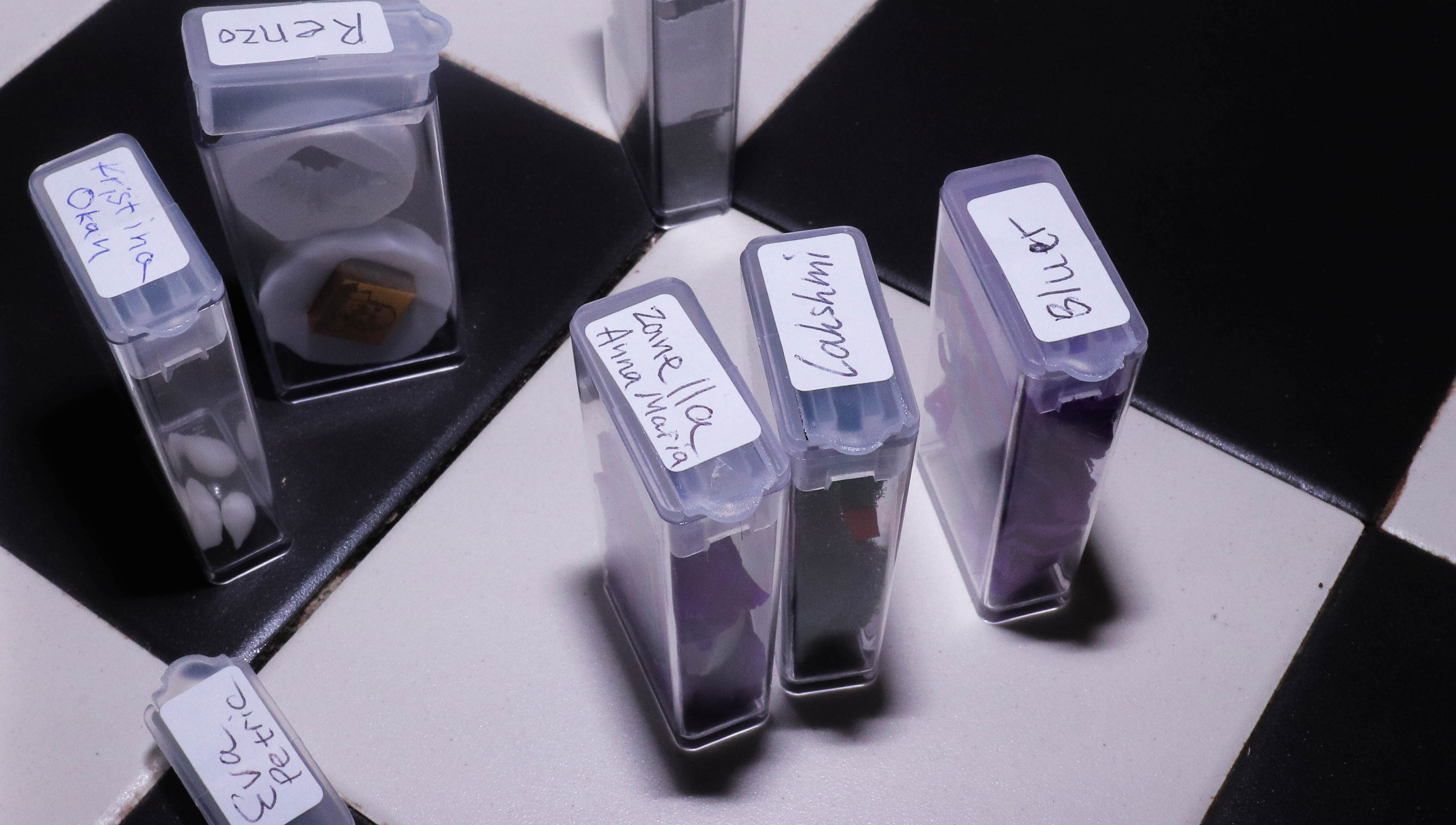
Who is this for?
(Elizaveta) When the Moon Gallery reaches its final destination on the Moon, it will become inaccessible for the majority of people who live on Earth. You may wonder, what good is a gallery which no one can see? We believe the conversation around the art as it is being made is of artistic value in and of itself. As well as the artistic gesture of making art physically unavailable over the vastness of space. Art is not simply marketable goods to hang on walls, but rather transformative dialogues with the human condition, in our quest to understand reality. The Moon Gallery is a symbolic gesture, offering an opportunity to discuss what art and culture mean to us at the dawn of the multi-planetary epoch of humanity.
Space as a metaphor for the future and want to improve our common literacy by contributing to the cultural aspect of space exploration.
So from that perspective, our main audience is people here on Earth who feel the urge to be a part of this conversation. Who see space as a metaphor for the future and want to improve our common literacy by contributing to the cultural aspect of space exploration.
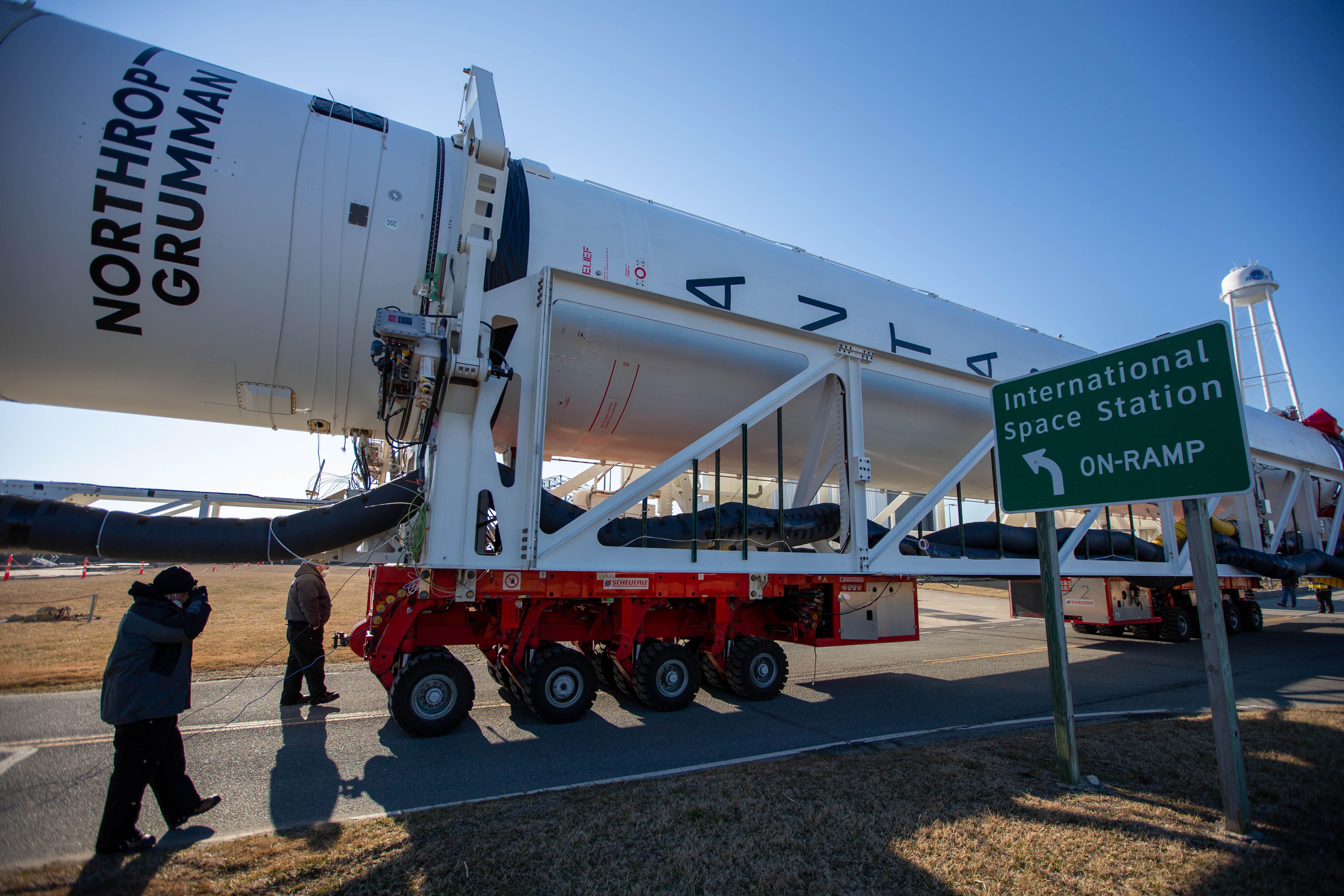
Currently, there are many initiatives to store knowledge for the coming generations; from a seed bank that stores plant seeds in the case of environmental collapse, to a project that 3D scans animals to conserve biodiversity. In a way, these narratives are grounded in fear (of the end of the world). How does the moon gallery relate to this?
(Elizaveta) Often things that are grounded in fear are simultaneously grounded in love. Humans fear environmental collapse because we love our planet, hence the need to preserve life with projects like seed banks and others. For the Moon Gallery, we try not to take fear as our starting point, even though we see it being reflected in the works of some of our artists. Those ideas, sometimes critical and sometimes romantic or even utopian, should represent the best of humanity that is worth being heard by distant future generations. It's not that we fear that humans won’t be able to express those ideas in the future, but we want to create a manifestation of those ideas and to see if they would be also able to "sprout" in the scarce and hostile environment of the Moon.
Considering that space research is still partly financed by public funds, society at large should be a part of this (space) discourse.
What's your opinion on billionaires currently aiming to colonize outer space?
(Elizaveta) Let's say, they are making our job more difficult. One of the things that Moon Gallery advocates for is the democratization of space. We believe that space exploration shouldn't be exclusively shaped by space agencies or in a closed circle of billionaires. Especially considering that space research is still partly financed by public funds, society at large should be a part of this discourse. While running our platform, we've met a lot of people who are very skeptical about space exploration. They believe it is a waste of time and money and it benefits no one except for those who want to demonstrate their wealth and power. This isn’t entirely surprising. After all, billionaires get much more attention than actual scientific and engineering experiments sent to space. For example, the 17th Northrop Grumman resupply mission, that brought Moon Gallery payload to the International Space Station, also delivered the scientific investigations on skin aging and tumor cells, tests of technology for oxygen production, batteries, and growing plants. Those and dozens of other experiments are sent by the institutions and companies who hope to benefit humanity through their research and development.
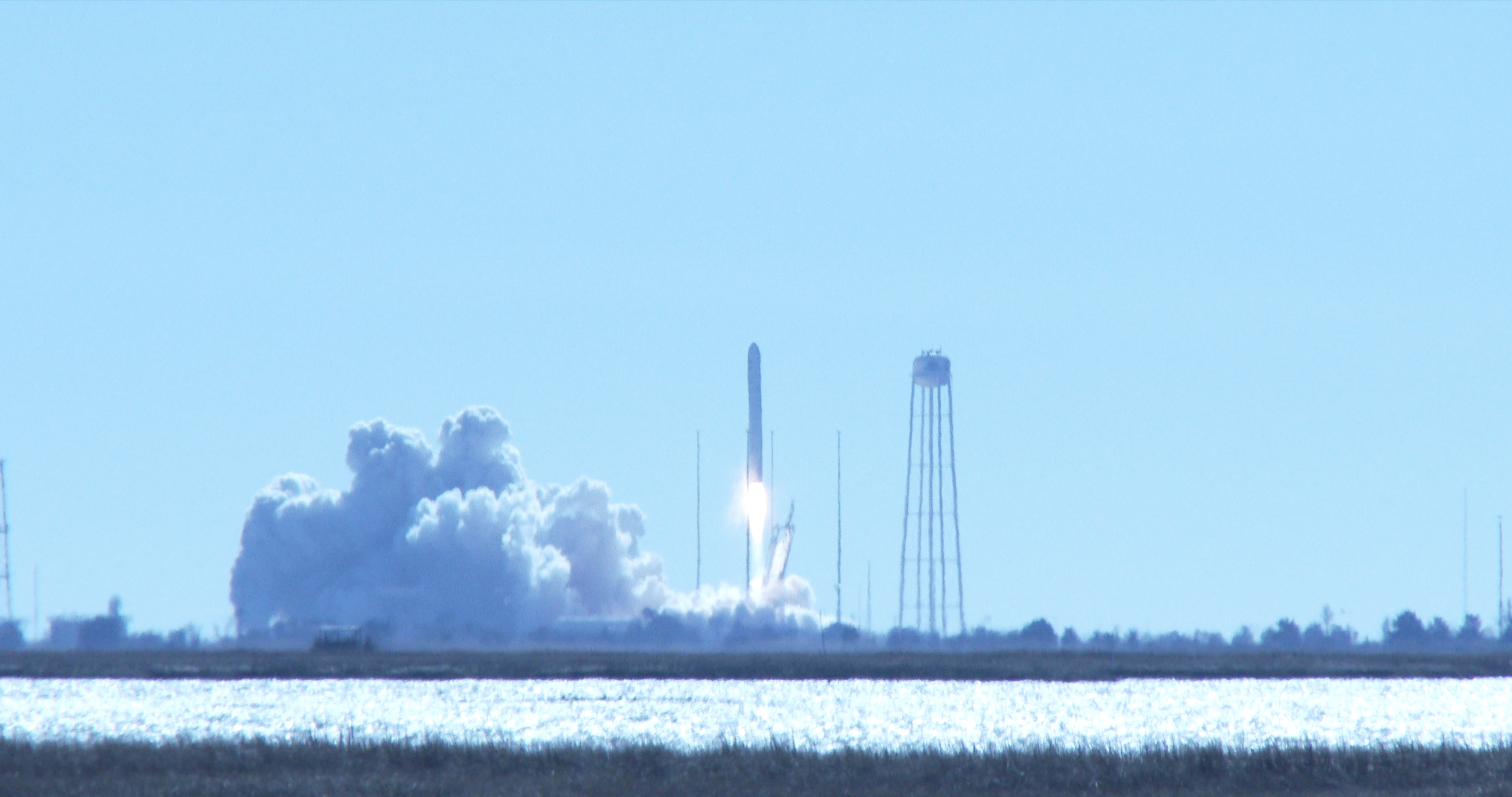
Our human influence has (partially) caused climate change, now that we are going to space we might cause “space change”. What's your stance on this?
(Anna) We’re not worried about space change on a cosmic scale, just like climate change threatens life as we know it but the planet will do just fine without us. However, these notions of climate change or space change are very urgent from our human centered point of view. As humanity benefits from space: research, Earth observations, telecommunications, technology etc., space junk is increasingly accumulated from defunct satellites, rocket boosters or lost equipment. These are substantial hazards to further space exploration and may even impact back to Earth by crashing or polluting the atmosphere.
We want to believe that the circular economy will prevail in our human habitat on Earth or in our future habitat off Earth.
Space debris backfires unlike any other Earth debris as it travels at tremendous speeds of 25,000 kph through the highways of the most popular orbits. There is no international treaty minimizing space debris but the problem is recognized by the international community. There is a graveyard orbit to dispose of space junk but luckily more reusable technologies emerge, repair or debris removal methods. We want to believe that the circular economy will prevail in our human habitat on Earth or in our future habitat off Earth.
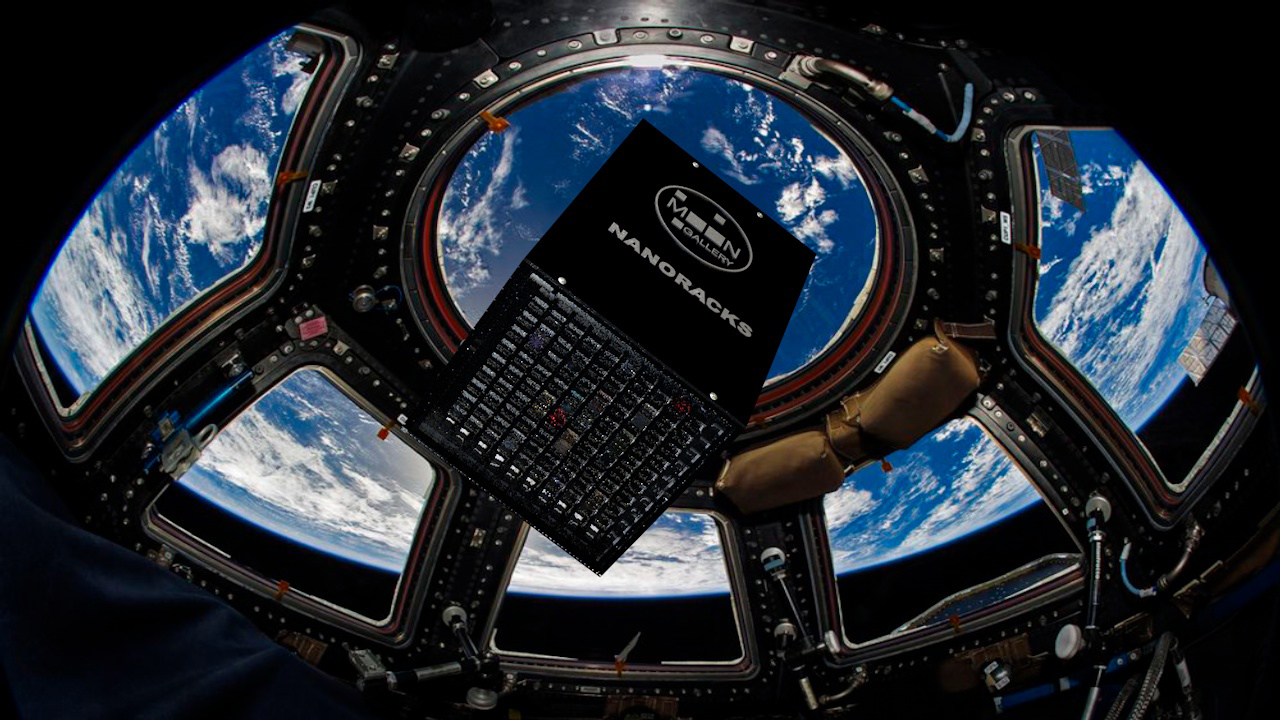
What's next for moon gallery?
(Elizaveta) To the Moon and beyond! But to be serious, for a moment we are fully focusing on the ISS mission. It's been a long and very challenging journey to prepare for this mission and we need to take a moment to reflect on it. Now that the gallery has reached the International Space Station, it will spend 10 months in space. Every second that the gallery is up there breaks a new record which is really exciting, but it's still more than 380,000 killometers away from its final destination.
Preparing the Moon Mission is our next exciting adventure and there is still so much that needs to be done for it to happen. We are looking forward to it and hopefully, with the lessons learned from our ISS mission, the Gallery will soon make a longer journey to its new home on the Moon. Besides our space missions, we are working hard to better establish our platform here on Earth. In the short term, we are aiming to develop a more regular cultural program, to collaborate with other initiatives and institutions to enable more possibilities for research and crossover collaborations between artists and the space sector and to improve our channels for experience and knowledge sharing.
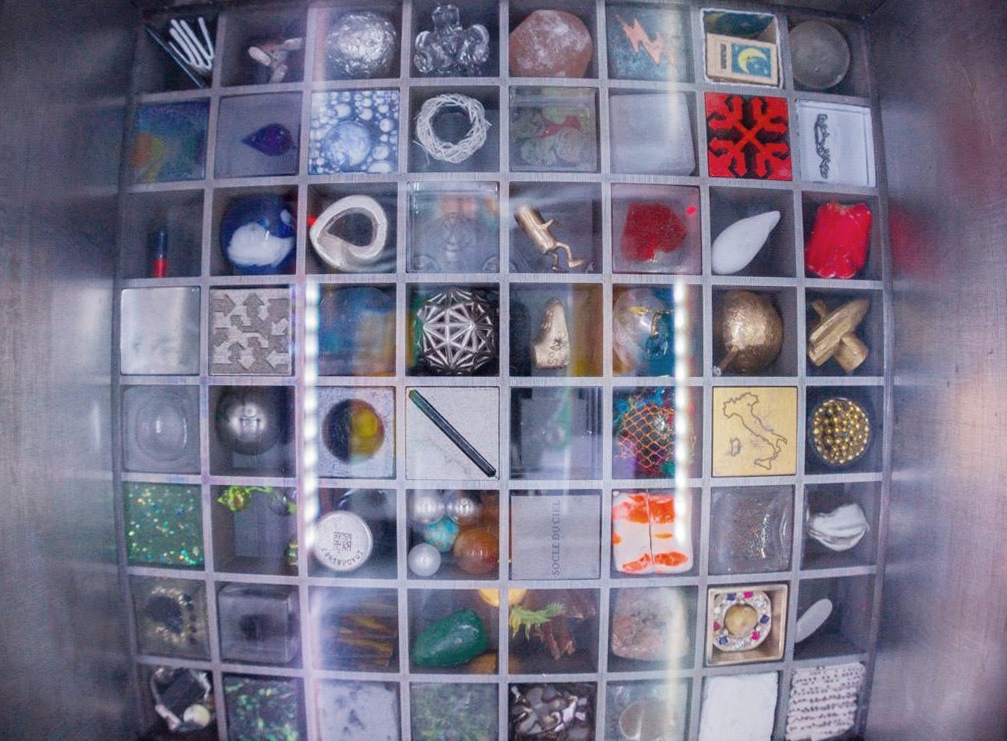
Moon Gallery hosts full-day program of “ISS Launch Party” with an inspiring series of talks, performances, screenings, workshops and even space-food tasting. They will share the milestones and the challenges that still lay ahead of this tiny gallery with big ambitions. In a series of talks, followed by a panel discussion, space artists and engineers, space architects, scientists and philosophers will reflect on the course of space exploration and the transformation of its cultural positioning, speculating about our future as an interplanetary society.

Share your thoughts and join the technology debate!
Be the first to comment